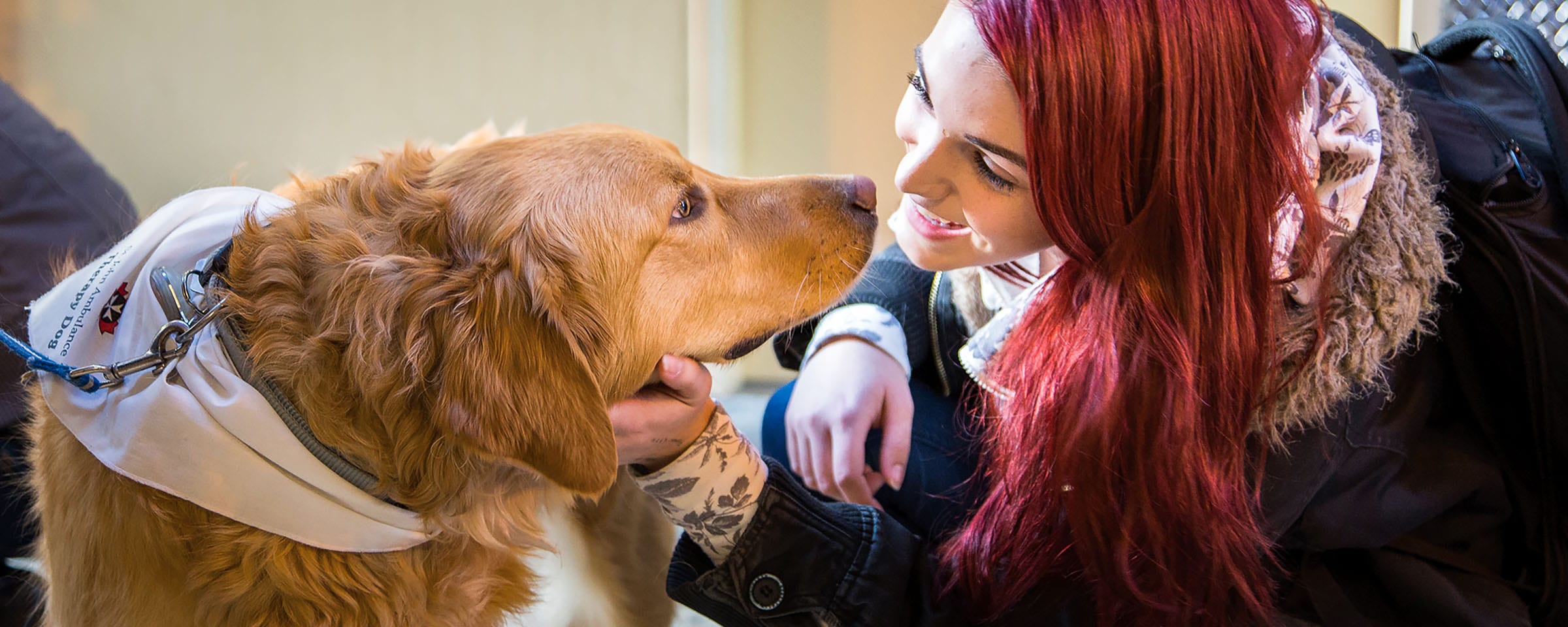Watermelon Salad with Jalapeno and Lime
Hello everyone! Watermelon is the perfect food to eat in summer time. After hanging with people from all over the world, I learned that watermelon can be sometimes eaten with salt or it can be seasoned many different ways. You can ask my Mexican, Indonesian, and Indian friends. I came across this salad that I am going to give it a try. You might enjoy it as well.
Watermelon Salad with Jalapeño and Lime

Serves 4
30 minutes or fewer
Thanks to farmers in Texas and Arizona, sweet flavor-packed watermelons are now available year-round. Black sesame seeds add a nice color contrast to this dish, but if you can’t find them, white sesame seeds work just as well.
- 3 Tbs. lime juice
- 2 Tbs. olive or avocado oil
- ⅛ tsp. lime zest
- 2 cups seedless watermelon, cut into ½-inch cubes
- 1 jalapeño pepper, seeded and sliced
- ¼ cup basil or Thai basil, cut into thin strips
- 1 tsp. black sesame seeds
- ½ tsp. sea salt
1. Whisk together lime juice, oil and lime zest. Set aside.
2. Place watermelon cubes in single layer in large shallow dish. Pour lime juice mixture over watermelon, and gently toss to combine. Cover, and refrigerate until ready to serve.
3. Place 5 jalapeño rings each in 4 shallow serving bowls. Mound 1/2 cup watermelon in center of each bowl. Divide marinade among bowls. Sprinkle with basil, sesame seeds and salt, and serve.











